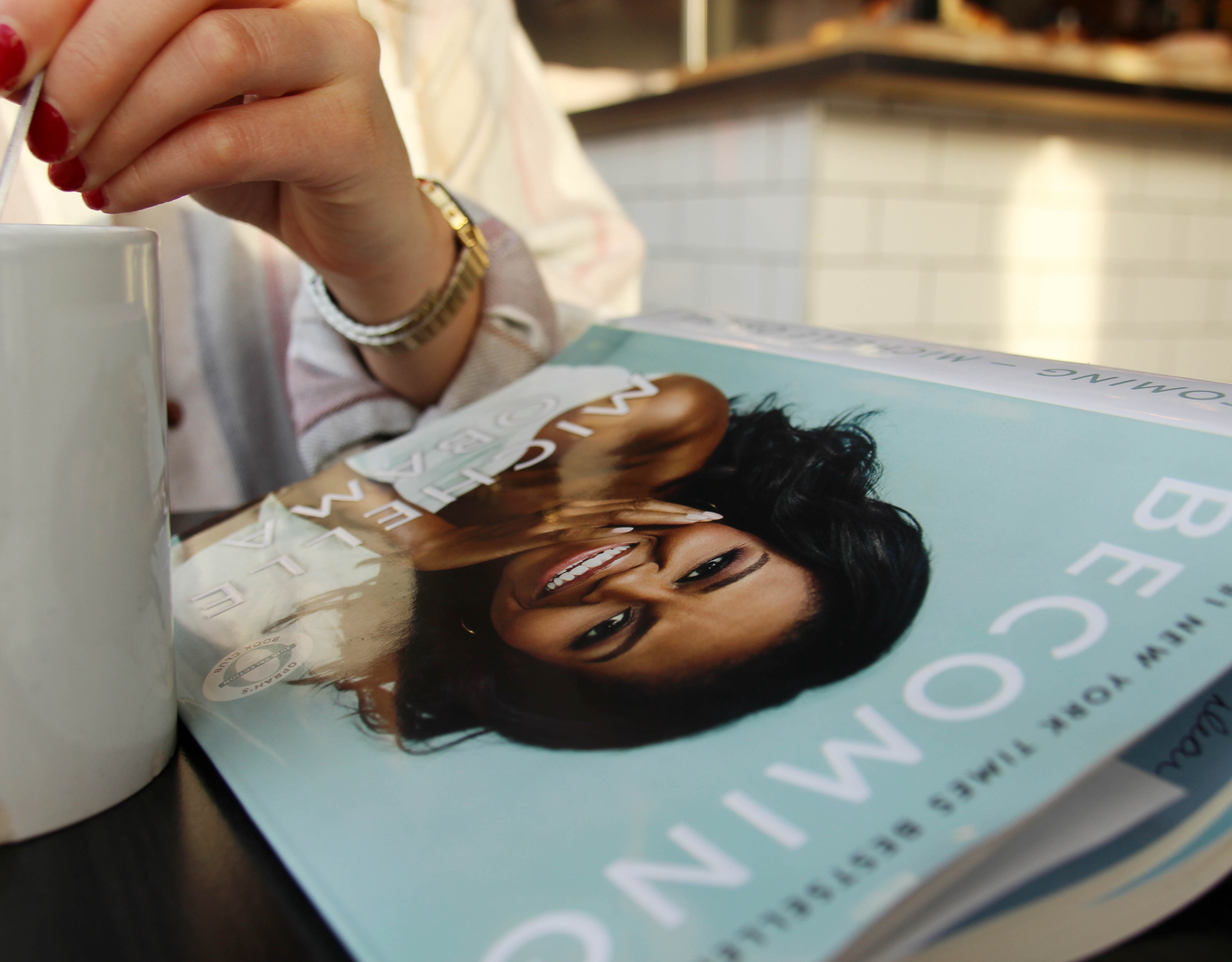The woman. The myth. The legend.
The first line in Michelle Obama’s Becoming is the understanding that it takes a village to build a person. And sometimes—behind the greatest men—there is in fact, a woman.
Throughout her book, Obama shares the story of her life, but reminds readers that the sum of our lives and the meaning in it is the people we have the privilege of sharing life with.
Former First Lady of the United States of America and self-proclaimed hugger-in-chief, Obama is one quarter of the first Black First Family of the United States. She is also now the author of a book that sold more than 1.4 million copies in all formats within the first week, and a book that continues to remain a bestseller even four months after its launch.
Unlike other public figures who often use their words to highlight their achievements, Obama’s book is unique in that it highlights some of her shortcomings. She does not refrain from talking about the difficulties of being in a marriage that required more effort than others, the need to have her mother around even as an adult, and raising two kids in a spotlight that she was dubious of herself. Instead, she examines these things closely, and introduces readers to the idea that perhaps, failure and success are not substitutes, but complements.
Becoming is divided into three parts. The first—”Becoming Me”—tells the story of Obama’s childhood on the South side of Chicago, growing up at the tail end of the civil rights movement in a city that was a prominent part of it.
She also touches on her experience as a Black woman in a predominantly white Ivy League school, and the questions that arose because of that tension. The big theme of this section: in order to be found, you sometimes have to be lost first.
“Becoming Us”—the second part of Obama’s memoir—is a peek into her time at Harvard and how her life changed afterward—for better or for worse. Obama talks about her time as one of the few minority employees in an elite law firm that never really acknowledged her minority status. And it is in this part of her story where she introduces us to Barack Obama—not the U.S. president, but a law student at Harvard so in love with his work that he made everyone around him admire and envy him. What progresses is the story of falling and being in love with a person, but also becoming your own person as part of the process.
The final part “Becoming More” is a peek into the life of the First Family as they lived it, and not as the media portrayed it. Talking about the long hours campaigning and being a public figure while maintaining a private life, Obama gives readers a sense of what it is like to be thrust into a role that you didn’t necessarily ask for, reminding readers that growth is not a final destination, but a journey—mostly uphill, but with a great view.
Becoming is a simple view of a complex person in simple language. Obama uses her words not to paint a fantasy, but to send readers the message that she has always been sending: “I am you.”
Obama also does not hesitate to take a jab at current U.S. President Donald Trump, highlights her initial lack of support for Hillary Clinton because of her firm belief in her husband’s competence, and mentions her distaste for politics and the way media sometimes covers it. She is unapologetic in her beliefs, and unlike writers who are often afraid of being critical, Obama just owns it.
Talking about her family, her friends, her husband, and her haters, Obama uses Becoming not as an explanation, but an introduction. She uses her story to celebrate all the people who have been a part of it, and introduces readers to the idea that your story is not yours alone.
As she has done with her fashion style, her use of social media, and her political platform, Obama reverses the gaze on all the people and events that have gone unnoticed and remain behind the scenes, sharing a story that celebrates not a person, but a life.
Image by Michael Edgar





![Here’s how your favorite media platforms shape your world view without you realizing it Advertising revenue and subscriptions are the main source of income for news outlets. [Graphic by Sara Mizannojehdehi]](https://charlatan.ca/wp-content/uploads/2021/07/11BE7ADB-1CC8-46E8-ADB4-568B3C7F1265-218x150.jpeg)
